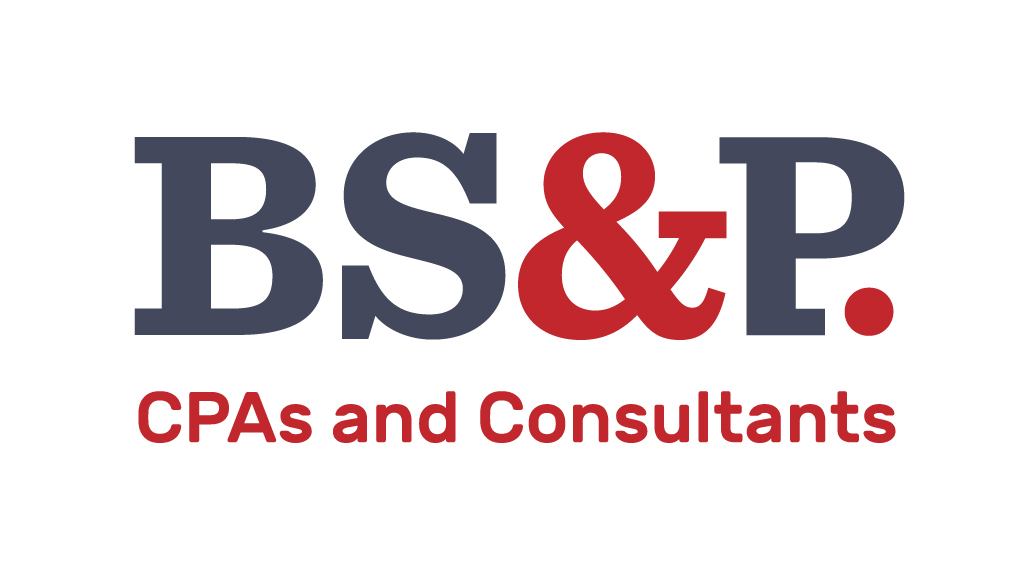Have you ever wondered why your accountant sets up quarterly estimated tax payments?
This article is intended to serve as a brief, not all-inclusive, explanation as to why some individuals are required to pay in estimated tax payments, and what happens if they don’t pay them on time or at all.
Who has to pay estimated tax payments?
As a general rule, the Internal Revenue Service (IRS) requires individuals who expect to owe $1,000 or more in federal tax at the time their return is filed to make estimated tax payments. People that are considered employees and receive W-2 wages have the opportunity to specify how much tax to be withheld via Form W-4. Individuals can also elect withholding from distributions from qualified retirement plans and Social Security benefits. For sole proprietors, partners in a partnership, and S corporation shareholders, there is no employer withholding taxes on their share of business income. Therefore, these individuals are required to make quarterly estimated tax payments. Additionally, estimated tax payments may be required for individuals that have other income sources such as: interest, dividends, alimony, capital gains, prizes and awards, etc.
Who doesn’t have to pay estimated tax payments?
- Individuals expected to owe less than $1,000 in tax when their return is filed
- Individuals who meet all three of the following criteria:
- They had no tax liability in the previous tax year
- They were a U.S. citizen or resident alien for the entire year
- Their prior tax covered a full 12-month period
How do individuals determine the dollar amounts of their estimated payments to be made?
Individuals can start by looking at their prior year tax return for their Adjusted Gross Income (AGI), deductions, taxable income, withholding, and credits. From there, they can estimate the amount of income they expect to earn in the coming year. Additionally, situations may arise that could have an impact on next year’s return. For example, if a taxpayer is expecting to have a child in the next tax year, there are credits that could reduce the expected tax liability. The total estimated tax due after withholding and credits is then divided into four quarterly installments (discussed below).
When does an individual have to pay their estimated tax payments?
Federal estimates are set up as four quarterly payments due 4/15, 6/15, and 9/15 of the current year, and 1/15 of the following year. If a due date falls on a weekend or holiday, the payment is due the next business day.
How can an individual pay in their federal estimates?
- Mail a check with Form 1040-ES payment vouchers
- Pay online at: https://www.irs.gov/payments/direct-pay or eftps.gov
- By phone at: 1-844-729-8298
- Mobile IRS2Go app: https://www.irs.gov/help/irs2goapp
How can an individual avoid paying penalties?
- Make each quarterly payment as it becomes due
- Pay in at least 90% of your current year income tax liability, or 100% of the previous year’s tax liability in order to avoid underpayment penalties.
- For 2023, if AGI in the prior year is over $150,000 (or over $75,000 if Married Filing Separately), then the taxpayer must pay in at least 110% of the previous year’s tax liability to avoid underpayment penalties.
What penalties could individuals be subject to for paying late, not paying at all, or underpaying?
- Underpayment penalty—the current penalty interest rate is the federal short-term rate plus 3%. Interest rates are subject to change on a quarterly basis.
- Failure-to-Pay penalty—assessed on taxes that remain unpaid after each payment due date. This typically is 0.5% of the amount owed for each month or part of month where the tax remains unpaid, capped at 25% in total.
Is it possible to have penalties waived?
In limited circumstances, certain individuals may be able to have their assessed penalties waived. For example, If the estimates were not paid due to a casualty, disaster, or other unusual circumstance and it would be inequitable to impose the penalty, then the penalties could be waived. If an individual aged greater than 62 years retired or became disabled during the tax year for which the estimated payments were required to be made or in the preceding year, penalties could be waived if the underpayment was due to reasonable cause. Another way a taxpayer could potentially avoid the penalties discussed above is by annualizing income and making unequal quarterly payments. This option is available to those taxpayers whose income is received unevenly throughout the year.
If I have to have my tax return extended, how does this topic relate?
An important aspect to note is that when you need more time to file your tax return and have to file a six-month extension, this extends your time to file, not your time to pay. This is why an estimate of your income is required at the time of filing your extension, and it may be necessary to make a payment with the extension filing. Penalties and interest may be assessed if it is determined that taxes were owed but unpaid at the original return due date. Additionally, estimated payments for the following year should be set up at the time of extension filing, and updated to reflect any changes when the return is filed.
If you have questions or concerns regarding the topics discussed above, be sure to consult your tax advisor.
Written by Katie Kriner, Staff Accountant
